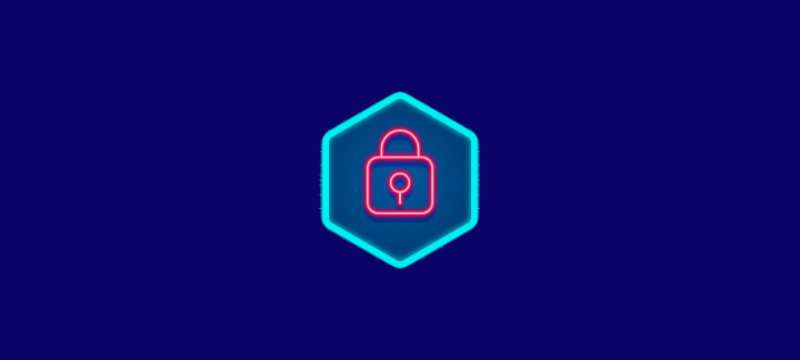
Cybersecurity involves keeping your cyber sphere and its various parts safe from hackers and other attacks.
Cyber-attacks are an ever-evolving threat that keeps adapting to the security systems put in place to combat them. It leads to an increasing number of hacks across the world. Businesses and companies of all shapes and sizes are vulnerable to cyber-attacks if you work online.
Various industries and sectors are vulnerable, but the types of industries that amass personal, as well as financial data, are particularly targeted. There are strict laws put in place by Governments around the world, but it also comes down to the basic security measures we take regularly to protect our business and data.
Your business is surrounded by online threats that are multilayered. These may seem trivial in the beginning but could lead to dire consequences. They can cause huge financial loss resulting in loss of consumer trust and tanking of your reputation in the public’s eye. Mapping out your security measures and implementing them regularly can keep you immune to these attacks.
Here is a comprehensive list of all the measures you can take to keep yourself safe from cyberattacks.
1. Employing an SSL certificate to keep the websites of small businesses protected
The priority for every business is the security and safety of its buyer. Hence, to ensure this an SSL certificate is necessary. SSL certificate works as a shield to keep the information and personal data of the consumer safe from prying eyes. This includes the safety of your passwords, emails, and important bank details. Its protection using HTTPS encryption makes these certificates irreplaceable and extremely essential for small businesses.
2. Making employees aware and trained to deal with phishing
Employees play a pivotal role in your business’ cybersecurity. It is, therefore, essential to train every member involved in your business to avoid human errors and amplify positive results. Keep in mind that personal data is not asked by official authorities via emails. Employees should be briefed about this so that they may avoid falling victim to phishing attacks.
3. Strong passwords make a strong foundation
Creating a password that is unique and strong is an easy way to keep yourself protected from cyberattacks. You should also periodically update your password. Keep different passwords for different accounts. To make your password harder to crack, ensure that it has both alphabets and numbers, along with lower and upper-case alphabets. Putting these basic things into action can ensure a strong password.
4. Use third party SaaS Security Provider
Third-party software as a service could effectively strengthen your security by protecting you from cyberattacks. It might cost you a little, but if your business deals with cloud computing, it is worth the investment. It has added advantages as the responsibility of software management does not fall on your shoulders.
5. Anti-malware software protection
Anti-malware security is one of the most important elements of security. Your business should be secure from any internal threat that could make the system vulnerable to attack. Anti-malware software has a particular way of avoiding and annihilating any imminent threats, which is both simple and unique. It quietly functions in the background to keep your system entirely secure.
6. Keep a tab on admin permissions and privileges
A number of times in companies, carelessness is the factor that opens loopholes for hackers to exploit. Admin licenses should be given out after proper considerations. You should consider all facets of the potential impact of giving permissions, and only then provide access if required. Data that is extremely sensitive can be kept safe if these measures are put in place.
7. Dated security software should be replaced
It is important to keep your security software updated with rapidly growing technology. You should also avoid any cyber threats as manually updating the software might not always be possible. Updates that take place automatically are a blessing in keeping the system well protected and put together.
8. Putting many data security controls
Maximum security is attainable if you employ the measures of encryption, authentication, and authorization. There should be multiple layers of protection to keep your data safe from any attack. Multilayered shielding can be employed for businesses of all sizes to ensure utmost security.
9. Backup all of your data
Every business is built with huge amounts of data surrounding it. Some of it needs to be handled with caution and care. All businesses big and small consider their data sacred that must be protected at all costs. The company could easily be compromised if the data is lost or falls into wrong hands. Cyberattacks excel at stealing data. Hence, it is of extreme importance to have a backup in hand, just in case you fall victim to these attacks.
10. Regular third party security efficiency analysis
Our world has become almost entirely digital. So it is important to ensure that your security is updated and that you’re on the same page as other businesses or individuals you might have ties with. The third-party application’s security must also be strong enough to defend the system against any attack that could manifest through its applications. This could be a loophole that if left unattended, could result in hefty losses. You should read up and be well acquainted with the policies of third-party applications before you get into business with them.
Conclusion
It is a difficult task to keep your data and business safe in cyberspace. There are certain measures that you can use to ensure your system is well protected. Steps such as limited permissions, SSL certificates, and strong passwords are easy ways to defend against cyberattacks. In spite of this, there is no way to be sure you’re 100% protected. In case of an attack, repost it and do everything in your power to curb the invasion. Change all of your passwords. Avoid panicking, and take it one step at a time to minimize the damage.
Also Read : How to Secure Websites?